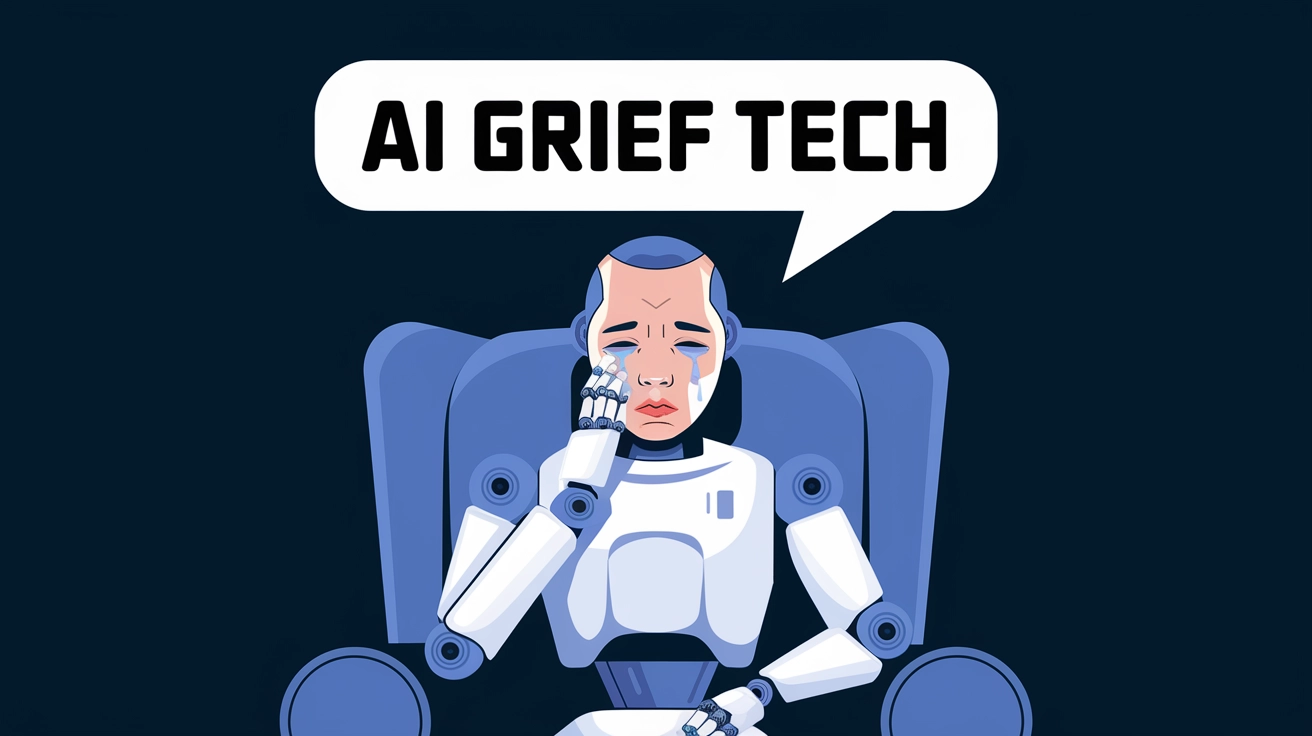Exploring Grief Tech and AI

The Concept of Grief Tech
In an increasingly digital world, grief tech is emerging as a novel solution that employs artificial intelligence (AI) to help individuals cope with the loss of loved ones. This technology focuses not only on preserving memories but also on creating interactive experiences that foster a connection between the living and the deceased.
AI-Driven Chatbots as Digital Avatars
At the heart of grief tech innovation lies the development of AI-powered chatbot avatars that emulate the personality and speech patterns of those who have passed away. These avatars serve as virtual representations, allowing users to engage in conversations with an AI that reflects the traits and characteristics of a deceased relative or friend. This technology presents a compelling approach to memory preservation while raising profound questions about the nature of grief and connection.
The Emotional Impact of AI on Grieving
Utilizing grief tech can prove to be therapeutic for many, providing an avenue for individuals to express their thoughts and feelings in a safe environment. By interacting with a chatbot avatar, users may find a semblance of comfort as they navigate through their grief. Companies specializing in this kind of technology aim to create experiences that not only honor memories but also encourage healing.
Ethical Considerations and Conversations
While the advantages of grief tech are evident, it is crucial to discuss the ethical implications involved. The use of AI in this sensitive area prompts questions about consent, autonomy, and the emotional challenges of interacting with avatars that represent deceased loved ones. The authors of developments in grief tech are tasked with creating guidelines and frameworks to ensure that individuals are protected and their bonds respected.
Looking Ahead: The Future of Grief Tech
As technological advancements continue, grief tech is set to evolve further. It encapsulates a blend of innovation with the deeply human experience of loss, potentially providing novel methods for healing and remembrance. Nevertheless, as society embraces these tools, the conversation surrounding the implications of such technology must persist.